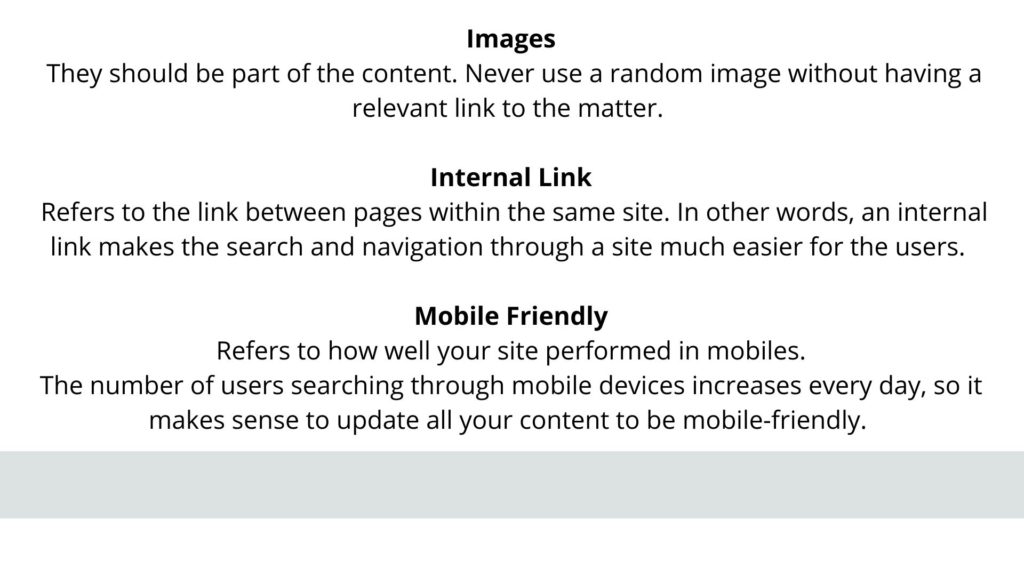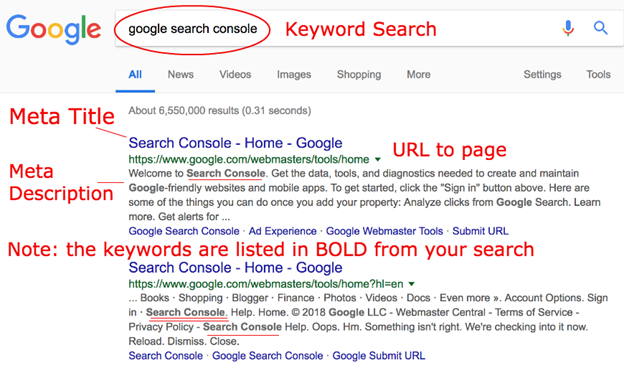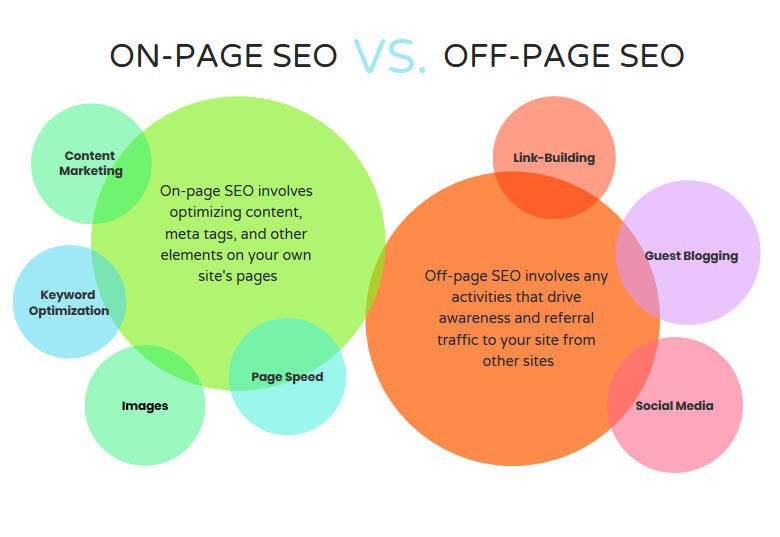What Is Search Engine Optimization (SEO)?

SEO, or search engine optimization, is indeed the process of improving your website’s visibility and performance on search engines like Google and Bing. The main objective of achieving a high SEO ranking is to attract more visitors to your eCommerce site. By increasing your site’s visibility in search results, you create more opportunities to engage with potential customers and generate revenue through increased monetization.
Why is SEO important?

Let’s make a silly but efficient analogy. Imagine you are in the middle of the ocean (any ocean!), alone and desperate for someone to find you. Unfortunately, your raft and clothes are blue, and you dyed your hair blue.
Everything around you is blue, so how will the lifeguard find you?
Luckily, you have your flares ready to launch into the air at the first sight of an aircraft. If we go back to real life, those flares are the equivalent of all the elements you need to have high-ranking SEO so users can find you on the web. Users can find your content more accessible and faster if you match your site to SEO requirements. A search engine analyzes a search by selecting the most relevant pages for the query.
It then determines the most relevant pages through various insight factors; “the usability of the pages, the experience of the sources and their location and configuration” (Google). These elements are attached to code, images, content, mentions on other sites, and other features you’ll learn about it here.
Once the search is complete, the best results will be located and presented. This happens when search engines distinguish between general and precise keywords regarding the query.
Another essential aspect that influences the results of a search engine is authority. Authority is related to the trust. More specifically, how trustworthy your site is in relevance to others. But let’s talk about all this in more detail below. Keep reading.
What are the parts that matter for Optimization?
SEO can be overwhelming if you don’t understand all its elements and how they work in harmony. To make this an easy-to-understand guidance, we will break the SEO elements into two groups:
Group A:
On-page SEO (aka “on-site SEO“)
Refers to improving (optimizing) a site (your site or e-commerce) for search engines and users. These are all the elements you can control and should enhance for better rankings or visibility on search engine queries. Excellent on-page SEO can bring substantial traffic and conversion. The details you should improve and keep optimizing are:
Image from Hubdo
Other concepts of equal importance are:
Crawlability and Indexability
A search engine like Google searches for sites, once found, it’ll render it (render: to change from codes to pixel, in other words, it will change it from what the developer does to what you see) and send it to an index (it’s a little more complicated than this but let’s not get into technical details). If, for example, Google cannot crawl (search) your site to index it, then sadly, your site will not show on the internet. Keeping the content up to date, optimizing your site, and keeping links working are things you can do for crawling and indexability.
E.A.T
Refers to Expertise, Authoritativeness, and Trustworthiness
Expertise
Refers to the level of knowledge and experience the content author has. For example, content related to medicine should be composed by someone knowledgeable in medicine.
Authoritativeness
Refers to the level of authority you have, you represent, or your reputation. It helps when other reputable sites or users link to your site or share your content.
Trustworthiness
Refers to how secure your site is. For example, do you have an SSL connection? Why should users trust your site? The best way to increase trustworthiness can be through reviews, accurate content, and site security.
Group B:
Off-page SEO
It comes to complement the On-page SEO. One supports the other. Perhaps you must focus more on building links, branding, and appearance on off-page SEO. The main idea is for the user to perceive the site as an excellent search.
The essential elements of off-page SEO are:
-
Backlinks
Refers to the links you should have in your site with other higher authority sites. When you write high-quality content, two things happen: first, your on-page SEO increases; second, your backlinks also set you to a higher SEO rank.
-
Branding
When you work on your brand, you also improve the trust you offer users. Branding can increase, for instance, through reviews, which fortify your authoritativeness, increasing your on-page and off-page SEO.
-
Appearance
Not only do you need to have outstanding content and develop a high-quality brand, but you also need to work on how your site looks.
- You must make users feel your site is the best result from the query. It would be best to make a site good enough to push your higher in popularity, excellence, and relevance.
Other elements that also influence Off-page SEO:
-
Social Media Engagement: Active engagement and presence on social media platforms can help increase brand visibility, drive traffic, and generate social signals that search engines consider.
-
Online Reputation Management: Managing your online reputation involves monitoring and responding to customer reviews, addressing negative feedback, and maintaining a positive brand image across various online channels.
-
Influencer Marketing: Collaborating with influencers or industry experts can help expand your reach, build credibility, and generate valuable backlinks and social mentions.
-
Guest Blogging and Content Contribution: Writing high-quality guest posts for authoritative websites in your niche can improve your brand visibility, attract targeted traffic, and earn valuable backlinks.
-
Local SEO: Optimizing for local search is crucial if you have a physical business location. This involves creating and optimizing your Google My Business profile, obtaining online reviews, and ensuring consistent business information across directories.
-
Online Directories and Listings: Submitting your website to relevant online directories and listings can enhance your online presence and increase your chances of being discovered by potential customers.
-
Social Bookmarking: Sharing and bookmarking your content on social bookmarking platforms can increase visibility, drive traffic, and generate backlinks.
Conclusion
On-Page SEO: On-page SEO focuses on optimizing your website’s content and structure to improve its visibility and relevance to search engines. It involves elements that you can directly control, such as keyword optimization, meta tags, content quality, user experience, and technical factors. By implementing effective on-page SEO strategies, you can enhance your website’s performance, attract organic traffic, and provide a positive user experience.
Off-Page SEO: Off-page SEO complements on-page SEO by focusing on external factors that impact your website’s authority, reputation, and visibility in search engine results. It involves building high-quality backlinks from authoritative websites, improving brand recognition and trust through reputation management and branding efforts, and engaging with social media and online communities. Off-page SEO activities contribute to increasing your website’s online presence, attracting referral traffic, and establishing your website as a reputable and relevant source in your industry.
Together, on-page SEO and off-page SEO work hand-in-hand to optimize your website for search engines and improve its overall visibility, authority, and user perception. By employing effective strategies in both areas, you can increase organic search traffic, enhance user engagement, and achieve better rankings in search engine results.








